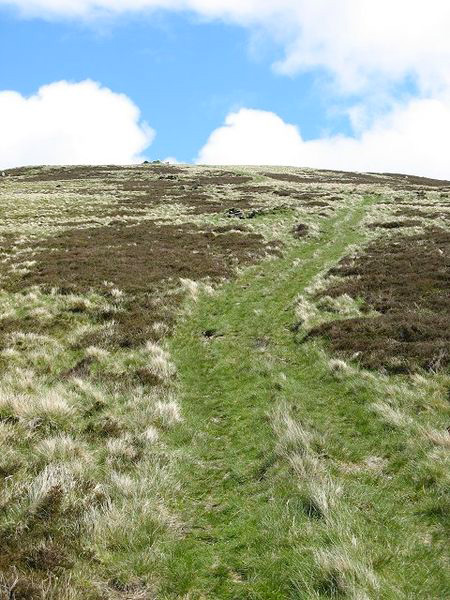Football: Why every player should be put on hill sprints
Football coaches who are looking for ways to get an edge on the competition or are curious about the kind of training that can make their players faster and stronger are invited to investigate the possibilities of hill sprints, and running the bleachers and stairs.

This is the kind of training that makes your players faster and stronger. We derive the following benefits from our hill sprints.
Top six benefits
1. Hill sprints provide the perfect combination of strength and speed training. It’s like lifting weights and sprinting at the same time. The hill furnishes the resistance for the sprints, making them more difficult while remaining shorter in distance and duration. It can produce great results in as little as 15 minutes once or twice a week.2. Hill sprints build stamina. Endurance is something that every football player needs, but it has to be a special kind of endurance. If you want your athletes to perform at their peak, you have to avoid low, slow distance types of cardio. They just won’t work. The endurance training has to mimic the demands of the game: Short bouts of intense exertion, with periods of rest and recovery in between.
Hill sprints provide just this type of interval training. They take your players’ hearts and lungs to far greater intensities than those found in jogging or traditional types of endurance training. Their bodies become used to reaching these higher levels, and recovering quickly between the “sprints.”
More and more scientific studies are showing that VO2 Max (the traditional measure of aerobic endurance) is improved as much — or more- by using high intensity exercise like hill sprinting.
3. Hill sprints increase ankle strength, helping prevent one of the most common injuries in sports — the ankle sprain. Ankles are strengthened because of the need to push off harder when sprinting up the hill. More drive is needed than when sprinting on a flat surface. Improved ankle strength also leads to the ability to push off harder during the game, benefiting the player’s important “first step” and the lengthening of their stride in the open field.
4. Hill sprints increase football players’ speed and explosiveness. This is because hill training promotes two key factors in running faster and jumping higher.
First, it forces the proper knee lift, which is essential for driving the legs downward and back for more force. Second, hill sprinting makes the sprinter dorsi-flex his foot while running. The closer the toes are brought to the shin, the more force they can apply on ground contact. Think of dorsi-flexing as loading the foot, then unloading it into the ground, pushing you forward.
Explosiveness is also shown in the way hill sprints can increase players’ vertical (and horizontal) jumps — a key measure of power.
Jumping is really the same as sprinting, pushing your body forward (or up) against gravity. The more power you can generate from your legs when pushing, the farther or higher you go.
5. Hill sprints provide a way to safely train your athletes. In addition to protecting the ankles, hill sprinting protects against other types of injuries. The last thing you want to do is to injure the athletes while conditioning.
Hill sprinting provides safety in two ways. One, the slightly shorter stride length of the hill sprint is a great way to protect the hamstrings. Most hamstring pulls and strains are caused by over-extension, something that rarely occurs when sprinting hills.
Second, hill sprints can decrease the pounding on the players’ legs. Studies have shown that even a slight grade can decrease the impact on the runner’s legs by as much as 25 percent.
Shin splints, foot problems and sore knees can be greatly reduced by getting on the hills for your sprints.
6. Hill sprints as mental training. Besides all the physical benefits, hill sprinting promotes mental toughness and goal-setting behavior in your athletes. Looking up at the hill can be daunting when your players are fatigued and at the end of their sprint session.
By using the hill as a metaphor, you can show them the importance of having a goal (the top of the hill), taking the steps necessary to reach it (one step at a time up the hill), and celebrating their success when they reach their goal (their very own Rocky imitation at the top of the hill).
Looking back down the hill after their workout, your athletes can feel the satisfaction of accomplishing something that may have seemed an impossible obstacle.
With all of these benefits for your football team, the hill sprints should go to the top of your training to-do list. It’s no coincidence that football greats like Walter Payton, Jerry Rice, Junior Seau and Marcus Allen have all included hill sprints in training.
Make your athletes stronger, faster, better conditioned, injury resistant and mentally tough with this “old school” training. You, your team and your fans will be glad you did.
Tim Alan Kauppinen has more than 20 years as an athlete and coach in track and field, football, speed training, and strength and conditioning.





